Village of the Week: Beauchief tells the story of Sheffield's proud industrial past
Heritage though…it has in abundance.
The council ward of Beauchief and Greenhill, in the City of Sheffield electorate is actually made up of the areas of Batemoor, Beauchief, Chancet Wood, Greenhill, Jordanthorpe, Lowedges and Meadowhead towards the southern end of the city.
It covers up to 20,000 people living in half as many houses across two and a half square miles.
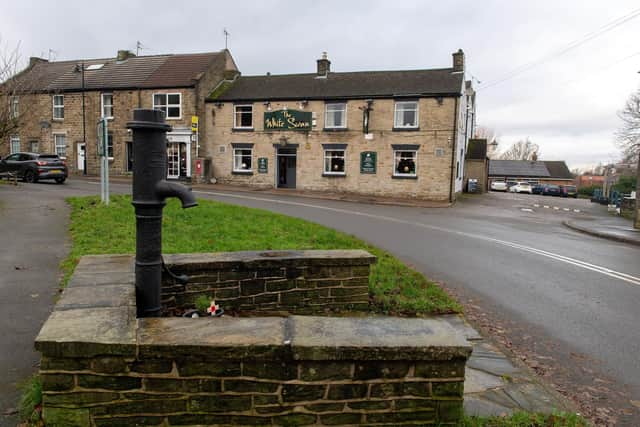

Advertisement
Hide AdAdvertisement
Hide AdHowever, a third of that is taken up by the grounds of Beauchief Abbey and Beauchief Hall and that largely takes us to the smaller area that is specifically Beauchief.
Beauchief used to be a village before it became a suburb of Sheffield, and before that, it was actually part of the county of Derbyshire prior to being bumped into the county borough of Sheffield in 1934, then part of the metropolitan county of South Yorkshire in 1974 due to further local government re-organisation.
Nowadays it is part of the Abbeydale Industrial Hamlet, which we will return to.
But back at the beginning, and there are differing accounts as to which date is correct, but Beauchief Abbey was founded in 1176 or 1183 depending which version you take - but the Abbey was built in 1183 and was founded by Robert FitzRanulph de Alfreton.
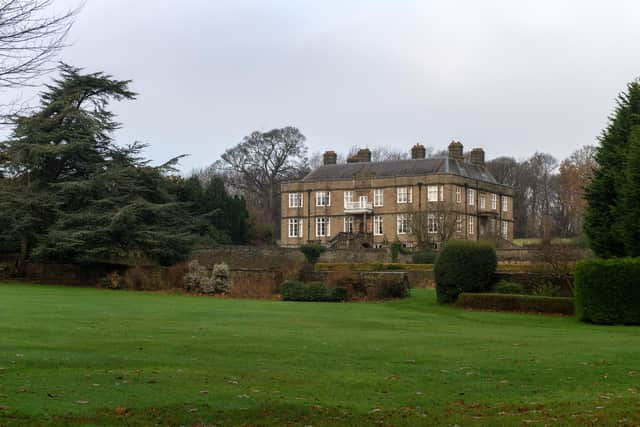

Advertisement
Hide AdAdvertisement
Hide AdThe abbey was dedicated to Saint Mary and Saint Thomas Becket, who had been canonised in 1173 and one historian argues that Robert FitzRanulf was one of the murderers of Thomas Becket and founded the abbey to amend his guilt, while another says that Robert FitzRanulf had no connection with the murder.
The abbey was dissolved in 1537 in line with Henry VIII’s programme to get rid of 900 religious houses.
Like many of the others, Beauchief Abbey ended up in ruins and eventually passed into the hands of private owners and, the then, Sheffield Corporation.
Some land was used for housing, large sections have become two golf courses and on other parts, the ancient woodland remains.
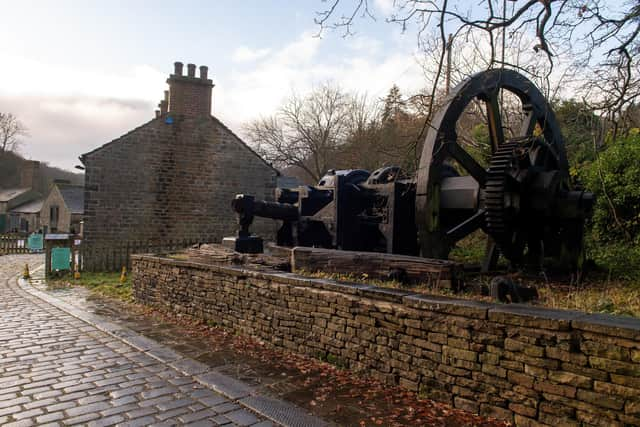

Advertisement
Hide AdAdvertisement
Hide AdSome of the stone from the ruins of Beauchief Abbey were used to build Beauchief Hall in 1671.
Edward Pegge of the Ashbourne family was behind it and he had acquired the estate by marriage. He was also a Sheriff of Derbyshire.
From 1923 the house served as a school (De la Salle College). In 1958, the Hall and grounds were acquired by the De La Salle College, the grounds being used as playing fields for the college boys.
For six years, the Hall was on lease to the Beauchief Independent Grammar School for Girls, and was subsequently a hotel. The hall itself is now in private ownership.
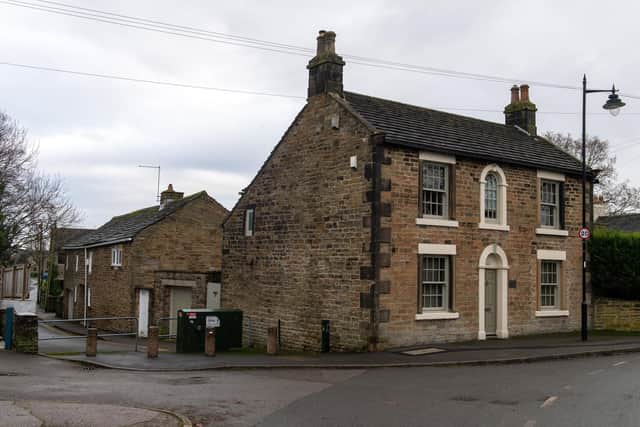

Advertisement
Hide AdAdvertisement
Hide AdGreenhill has a slightly different back story and was very much open space even up until the 1950s. However, by 1962, 3,176 homes of varying types from bedsits to four bedroomed houses had been built there during the redevelopment of post-war Sheffield by J. L. Womersley's town planning department.
It is also known as Lowedges but history is traced by the name Greenhill Park.
Some of the finest houses in Sheffield can be found for sale in this area today and Greenhill conservation area was designated in 1971.
Particular areas of interest for historians have been the historic street layout consisting of Greenhill Main Road and School Lane which enclose the site of the former village green and pond; ten listed buildings; vestiges of old long and narrow house crofts; the Wesleyan Church and former Board School; use of local stone for building materials; mature trees and distinctive local features such as stone boundary walls, gate piers, a 19th Century milestone and cast iron village pump.
Advertisement
Hide AdAdvertisement
Hide AdThe qualities that contribute to the country like appearances of these two places, despite their proximity to what is often referred to as the third biggest city in the country behind Birmingham and Leeds, having taken London out of the equation, is helped along by the Beauchief Environment Group .
It is made up of local people who volunteer and do practical work to help conserve the natural beauty of the local environment.
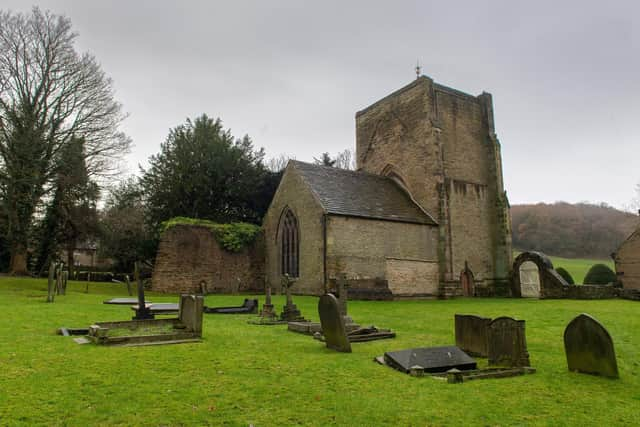

Modern day Beauchief and Greenhill has a Methodist Church, primary school, doctor surgery, tennis club, a pub and is a few minutes away from a large secondary school and supermarket.
However, while Beauchief and Greenhill may have connections to the countryside and farming - they are only a stones throw away from Sheffield’s part in the Industrial Revolution.
Advertisement
Hide AdAdvertisement
Hide AdAbbeydale Industrial Hamlet, in Beauchief is a living reminder of how the Steel City developed into one of the world’s greatest workshops with an unrivalled reputation for manufacturing metalwork of the highest quality.
It was more everyday items that forged the hamlet’s place in Sheffield’s history. Agricultural tools, especially scythes, were made here by highly-skilled craftsmen working at the blowing engine, grindstones and boring machinery powered by huge waterwheels, fed by the River Sheaf through the site’s dam.
The Abbeydale Works was the largest-water powered site on the Sheaf, and its records go back to 1713. It expanded in the decades that followed and remained in production until 1933 but the Crucible Furnace was brought back into use during the Second World War to help meet demand for high-quality steel.
The site of Abbeydale Industrial Hamlet is now a museum and was used for iron forging for 500 years, but there is evidence of other metal working before 1200.
Its early history is intimately tied with the nearby Beauchief Abbey, which operated a smithy) in the vicinity as well as number of mills along the River Sheaf.
